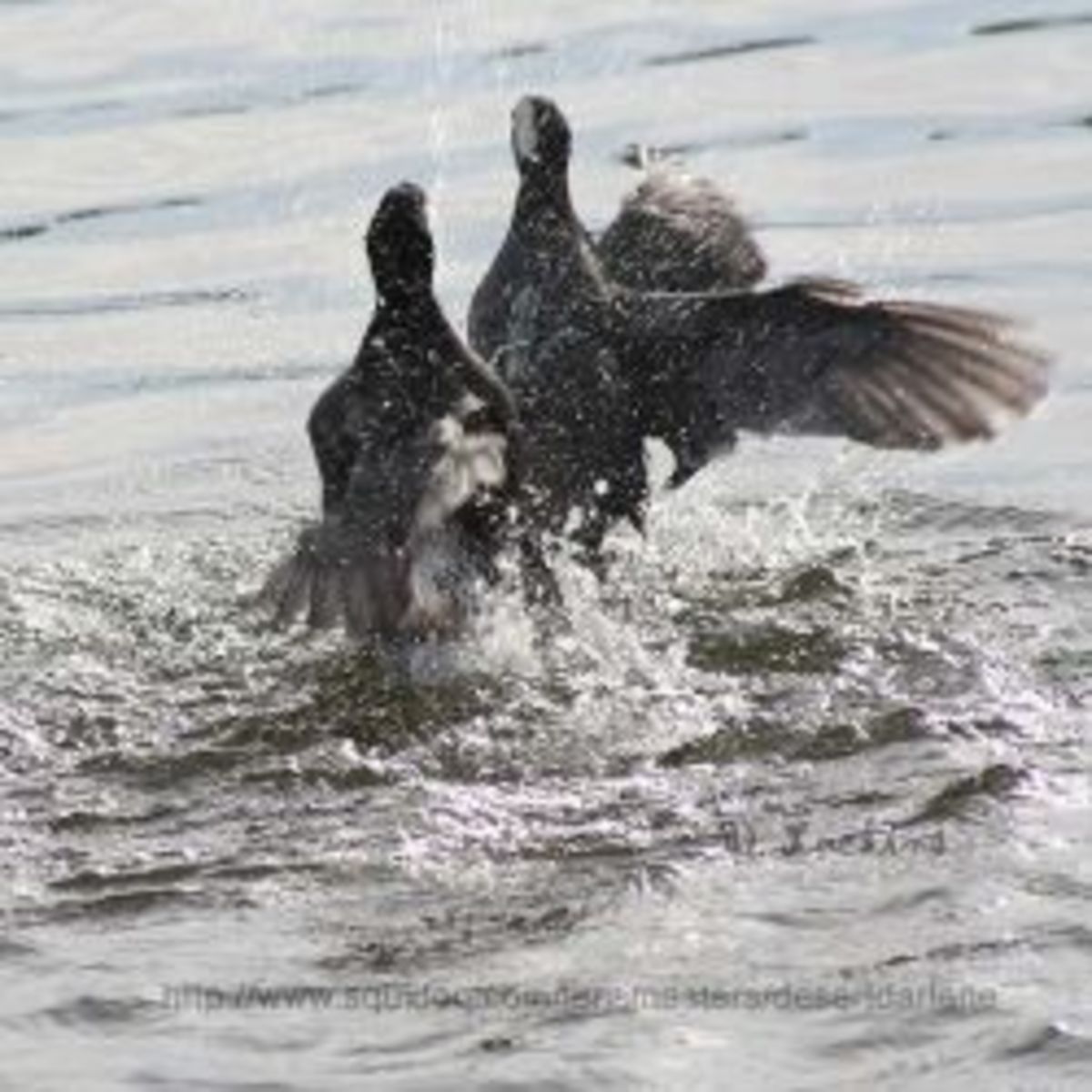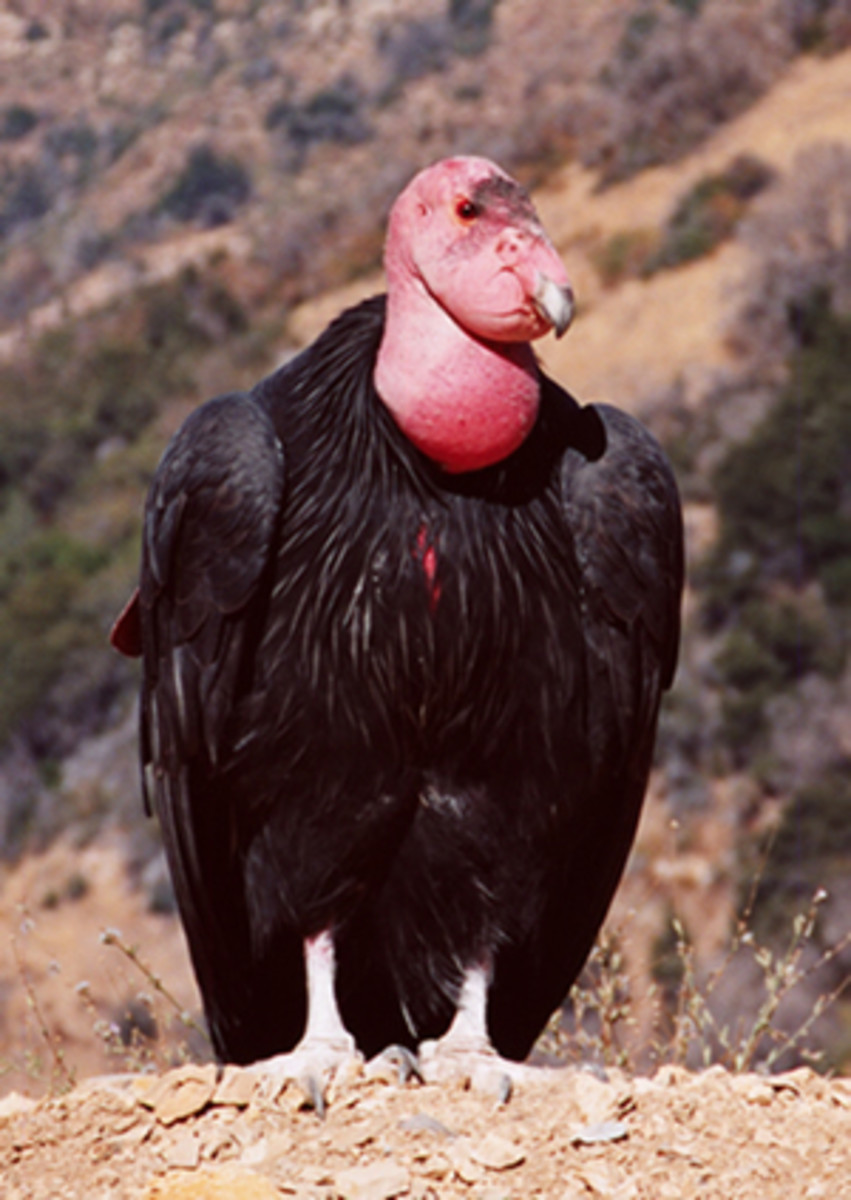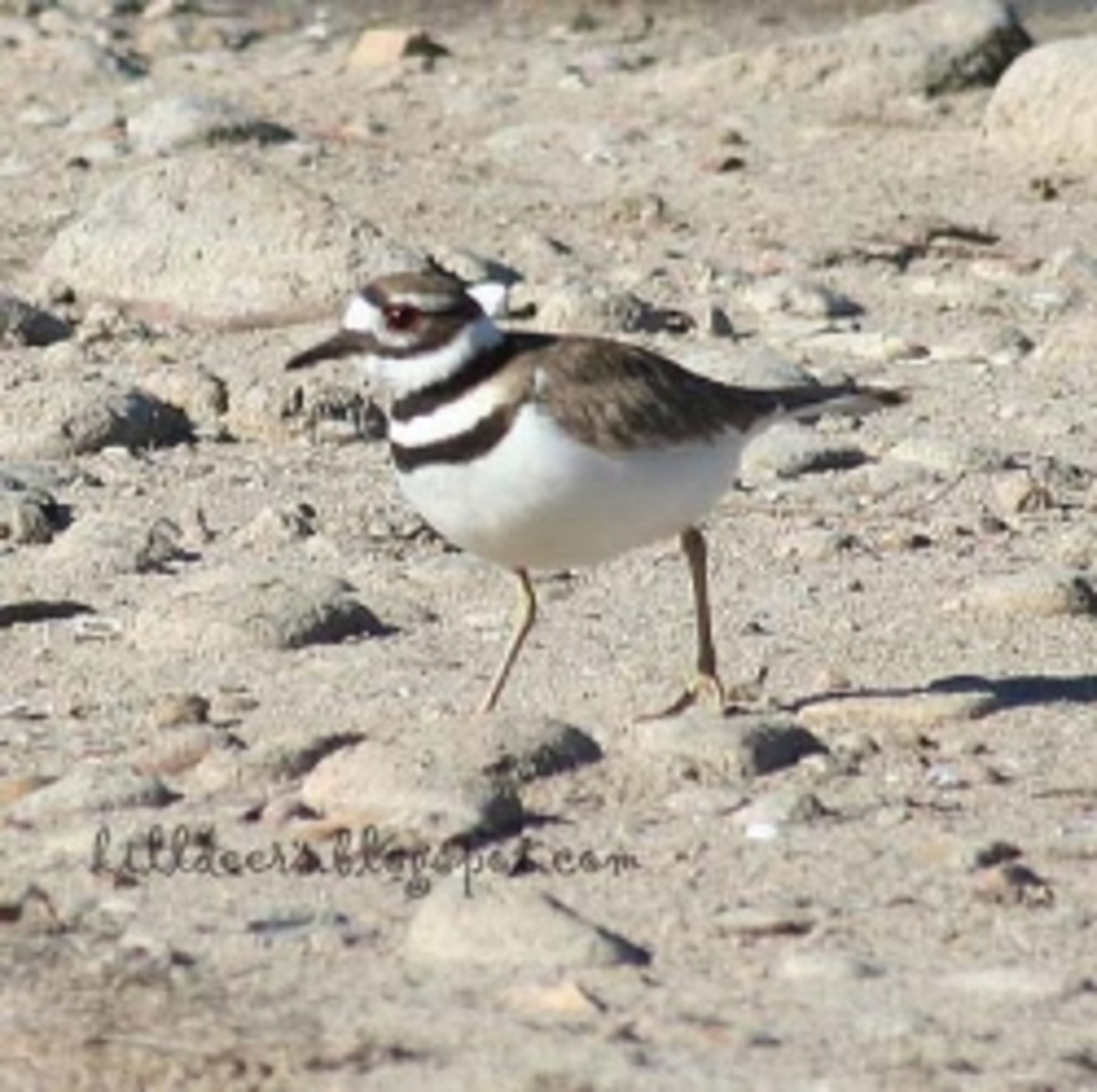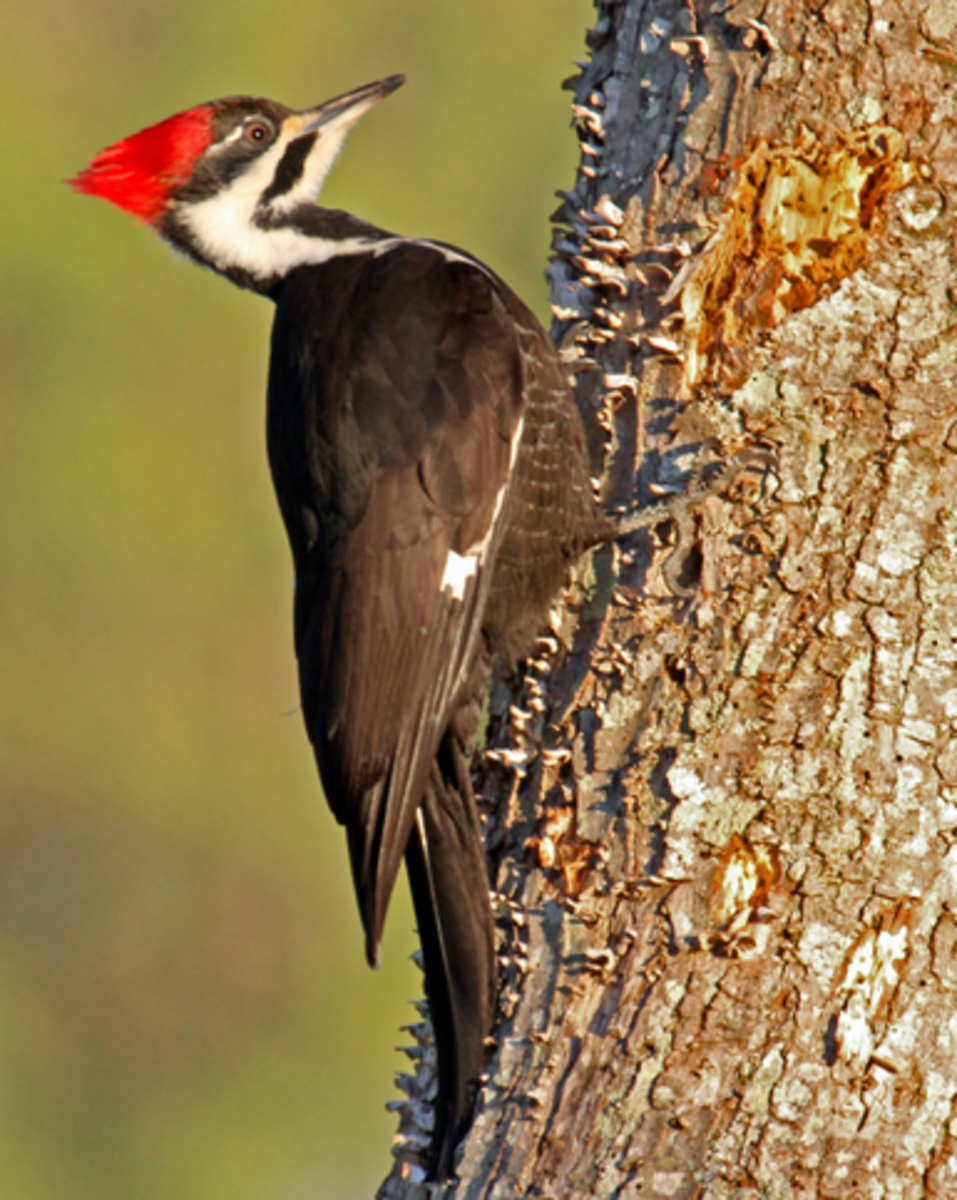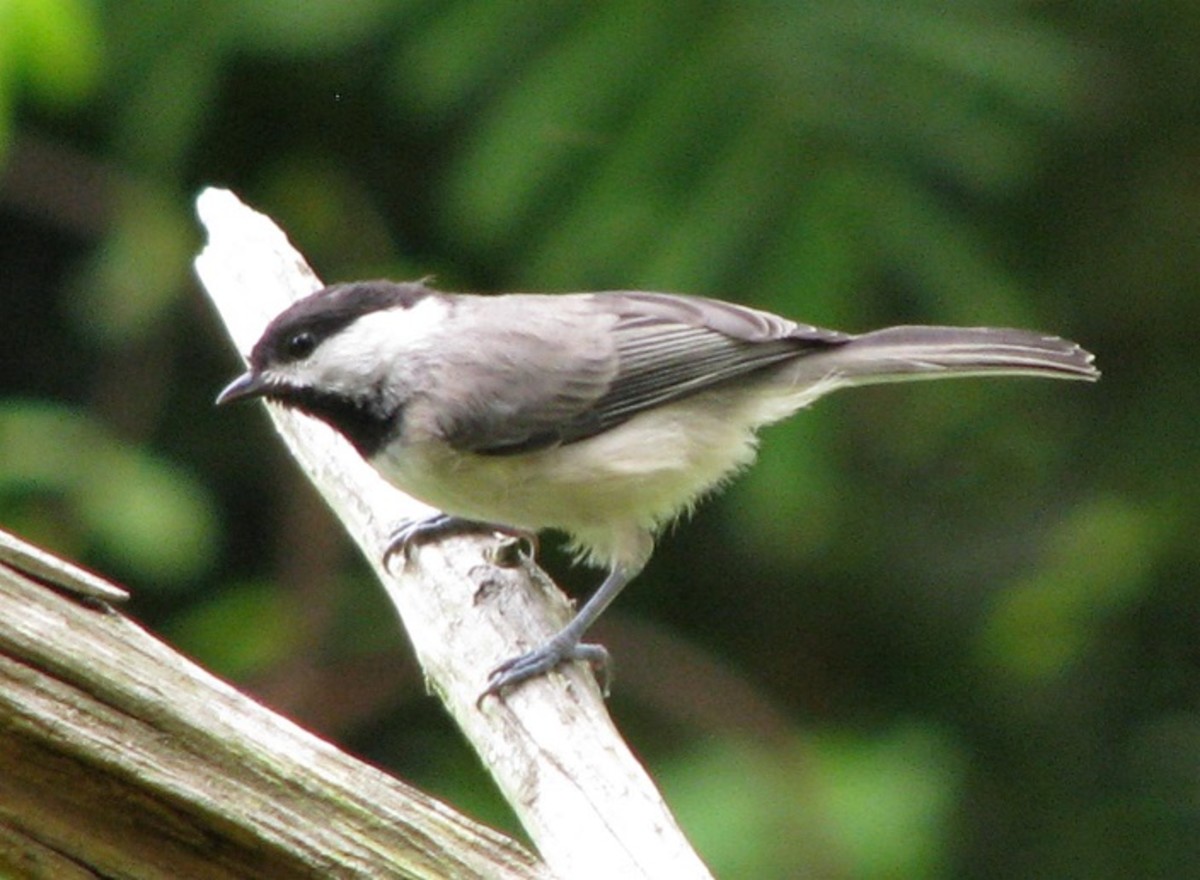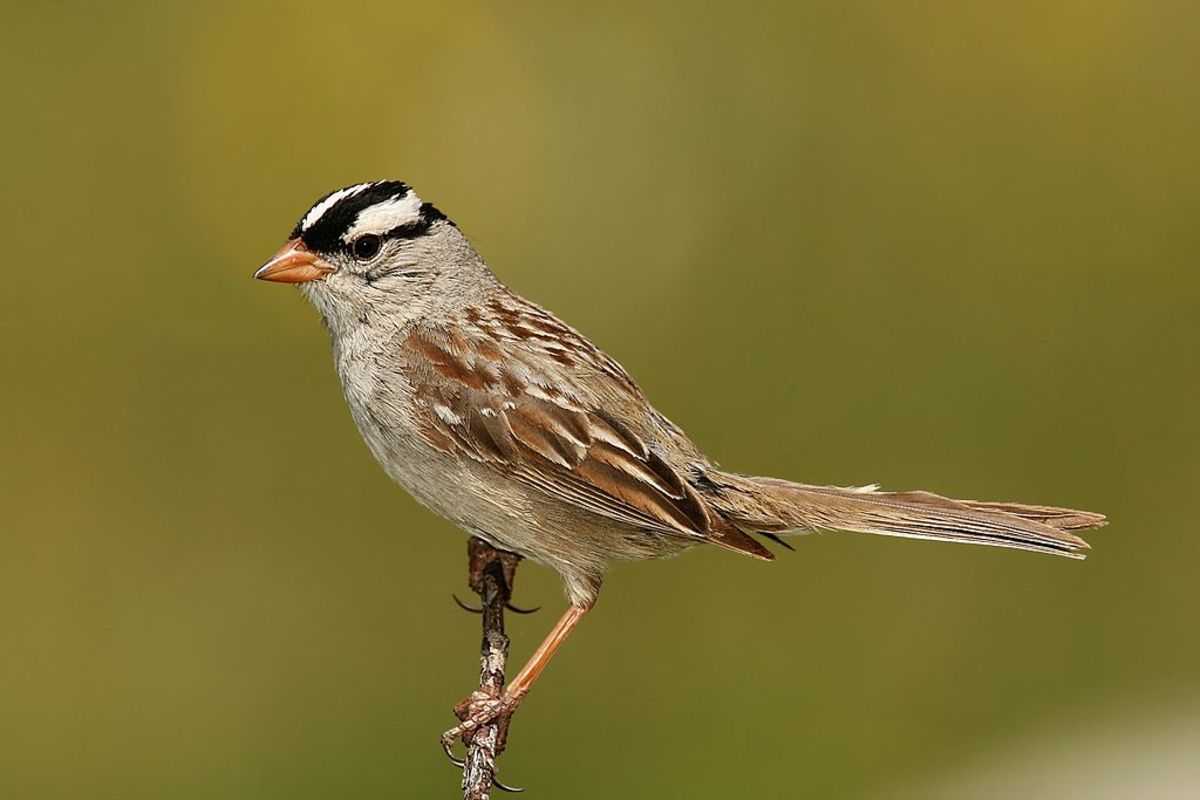Threats Facing the North American Roseate Tern Population
Many factors have contributed to the decline of the Northeastern Atlantic roseate tern breeding population, including predation, natural disasters, habitat loss, and pollution. Over time, roseate tern breeding colonies have also been forced closer and closer to the mainland, where chances of predation and adverse anthropogenic effects are greater (Nisbet2 1992).
Pollution
Pesticides and contaminants are a great source of both potential and realized harm to the roseate tern population. Organochlorines, for example, have been shown to cause congenital defects in some cases (Gochfield et el 1998). There are high environmental and biotic levels of polychlorinated biphenyls in Buzzards Bay, Massachusetts, which is the location of Bird Island, a major breeding colony for roseate terns. Roseate terns accumulate PCBs through their diet (Heinemann 1992). Two common terns were found dead within Buzzards Bay, and when tested, it was discovered that the birds had PCB concentrations of 400 parts per million in their brains- anything over 300 ppm is considered lethal (Heinemann 1992).
In 1990 at the peak of the hatching period for roseate terns a cruise ship leaked 7500 gallons of oil within five kilometers of Bird Island- the oil spill did not appear to harm the terns, but it also did not leak into their foraging grounds (Heinemann 1992). Cape Cod, a major shipping canal, may present a threat to critical foraging areas for the Northeast roseate tern population if there were to be a spill of toxic materials (Heinemann 1992). The chemical products of pollution are not the only potential threat to the birds. It has been shown that dredging of the channel leading to Cape Cod (to better suite the waterway for shipping purposes) may also impact foraging (Heinemann 1992).
Predation
Recognizing and controlling predators is imperative in roseate conservation because roseate terns have abandoned nesting sites in the past where predation control was not implemented, or proved ineffective (Spendelow et el 2001). Losing the few known colony sites in the Northeast Atlantic where roseates breed could have disastrous implications for the future success the population in this area. Predator activity has also been shown to reduce the fidelity of first time breeders to a particular nesting area, and birds will often not return to an area that is associated with repetitive breeding failure due to predation (Spendelow & Kuter 2004). At the Falkner Island colony site black-crowned night heron (Nycticorax nycticorax) predation became a problem beginning in 1996. The night herons are attracted by the noises made by pipping eggs as well as chicks. As a result, survival rates decreased and emigration rates to alternative colony site increased (Spendelow et el 2001, Spendelow et el 2005). Also at the Falkner Island breeding colony, productivity dropped from approximately one chick per pair to 0.5 chicks per pair when five or more black-crowned night herons began making nocturnal visits to the colony site (Spendelow 2002). Roseate terns will respond to nocturnal predation by deserting their nests at night and returning at dawn, leaving eggs and chicks without incubation or protection (Gochfield et el 1998). Between 1997 and 2002 the roseate tern population on Falkner Island decreased by more than 50 percent, mostly as a result of disturbance and predation of tern eggs and chicks by night herons (Spendelow & Kuter 2004).
Black-crowned night herons are not the only predator that feeds on terns, eggs, or chicks. Great horned owl (Bubo virginianus) predation is a problem at some of the colony sites (Nisbet 1992). Other predators include gulls, other terns, and in some cases, ants (Spendelow et el 2001, Trull et el 1999, Safina et el 1994). Rats, weasels, foxes, and skunks all pose threats to roseate tern eggs and chicks as well (Safina et el 1994). At the Cedar Beach colony site, rat predation has been noticeably problematic in some years (Gochfeld & Burger 1987). Predators can also influence the roseate tern breeding cycle. In 1991 the presence of a single peregrine falcon (Falco peregrinus) on Bird Island delayed the onset of egg laying by 10 to 14 days (Heinemann 1992). It is also suspected that human predation may be a problem at the roseates’ wintering grounds (Nisbet2 1992).
Ants
In some years, ants of the species Lasius neoniger are found in roseate tern nests at the Cedar Beach colony site. At Falkner Island, the red ant species Solenopsis molesta kills significant numbers of tern chicks in some years (Safina et el 1994). However, the relationship between ant activity and tern productivity is unclear. All chicks found with ants on them died, however roseate tern nests with ant activity in which the ants were not physically on the chicks had greater survival rates than nests without ant activity. It was also noted that mean clutch size was significantly greater in roseate tern nests that had ant activity (Safina et el 1994). It is unclear if these relationships were coincidence or whether they were indicative of a delicate ecological relationship between the two species. Scientists used traps to try and reduce the number of ants inhabiting the roseate nests, but results proved insignificant (Safina et el 1994). It is thought that the level of parental care may be the biggest inhibitor of ant attack. Nest location is also important; roseate terns nesting in open areas are less susceptible to ant parasitism than those nesting in vegetated areas (Safina et el 1994).
Natural Disasters
Hurricanes greatly disrupt breeding and can be a major cause of mortality for roseate terns (Spendelow2 et el 2005). Hurricane Bob in 1991 lowered the survival rates of terns on Falkner Island which resulted in a major decline of the breeding roseate tern population throughout the New York-Massachusetts-Connecticut region (Spendelow2 et el 2005). The frequency of hurricanes peaks during the second week in September- exactly when the birds are most concentrated in the staging areas (Trull et el 1999). Although staging areas are not the immediate areas in which the birds nest and breed, they are a vital habitat in the transition between the summer breeding grounds and the more southern wintering grounds. Maintaining the staging areas for tern usage is just as vital to conservation and recovery as maintaining the breeding grounds. One of the areas which roseate terns use for staging is only one meter above the high water mark, making the location very vulnerable to hurricanes and severe storms (Trull et el 1999). There have been recorded cases of chicks drowning to death, so flooding is a very real threat to roseate recovery (Spendelow et el 2001). It is estimated that Hurricane Bob alone eliminated 17 percent of adults and 80 to 90 percent of the juvenile population of roseate terns nesting on Falkner Island in 1991 (Trull et el 1999).
Human Threats
Habitat loss has forced the roseate terns to colonize sites closer to mainland areas- these sites are more prone to human disturbance than those sites traditionally used by the birds to breed (Nisbet 1992). Roseate tern staging areas have also been found to be susceptible to disturbance by human pedestrians, vehicles, aircraft, boats, and dogs. Roseate terns appear to depend on a limited number of staging areas in the Cape Cod vicinity, an area where human recreational activity is intense from July until September, creating high potential for interaction between the birds and humans (Trull et el 1999). Plume hunting use to be a threat, but has since been outlawed due to the endangered status of the roseate terns (Nisbet 1992).
The current human threats to the roseate tern population are more indirect than hunting the birds themselves. Fishing pressure on bluefish and fisheries management policies concerning bluefish may influence the recovery of the Northeast Atlantic roseate tern population. Predatory fish, such as bluefish, can influence the reproductive dynamic of the roseate tern- the presence of bluefish near the nesting area may mean a greater availability of prey items because the predatory bluefish “herd” the prey items into areas in which they become available to the foraging terns. The more prey available to the terns, the greater the chances of their reproductive success. It is recommended that more studies be done on the interactions between bluefish and the prey species used by roseate terns in order to understand the full effects bluefish-prey interactions have on roseate tern foraging (Heinemann 1992).
Studies have shown that there is no evidence that trapping, marking, taking samples, or any other type of research activity impairs reproductive performance of the roseate terns (Nisbet & Hatch 1999).
Competition & Habitat Loss
Herring gulls (Larus argentatus) and great black-backed gulls (Larus marinus) have taken over breeding grounds traditionally used by roseate terns in the past (Nisbet2 1992). By 1976 the Northeast Atlantic roseate tern population had decreased to 2600 pairs, probably in part as a result of the expansion of herring gull and great black-backed gull populations (Nisbet 1992). Roseate terns resting in their staging areas have been shown to be put to flight by more aggressive gulls. Gulls can exclude roseate terns from potential resting, breeding, and staging areas (Trull et el 1999). On Falkner Island, terns nesting in vegetated sites must compete for the use of these sheltered sites with feral rabbits. Although this competition for nesting sites is detrimental to the roseates, the rabbits also offer additional habitat options to the terns. Abandoned rabbit burrows are often used as nesting sites by the birds (Spendelow 1982).
Competition is not the only factor contributing to the decline of roseate habitat. Some islands roseate terns have historically used for breeding have been lost to erosion (Borkhataria 1998). As traditional habitats are lost, the roseates are forced to breed at locations closer to the mainland, making them more susceptible to human disturbance.
Other Threats
Some chicks have been shown to die of starvation due to the death or indifference of one or both of the parents (Spendelow & Kuter 2004). There is also some evidence of kleptoparasitism among roseate terns; some birds will steal food brought back to the colony by other birds (Heinemann 1992). Intraspecific nest parasitism is another phenomenon observed among roseate terns. Birds will lay their eggs in a nest built by another breeding pair (Nisbet & Hatch 1999). Also somewhat troubling is the fact that adult roseate terns will engage physically with non-related chicks that enter their nesting area, sometimes resulting in chick death (Schew & Rochards 1989). Although these threats are not as prominent as habitat loss or predation, for example, it is still important to recognize that they do effect roseate productivity, and should be considered in any management plan.
Borkhataria, R. (1998). Roseate tern recovery: progress and challenges. Endangered Species Bulletin, 26(1), 26-29.
Burger, J. & M. Gochfeld. (1988). Defensive aggression in terns: effects of species, density, and isolation. Aggressive Behavior, 14, 169-178.
Burger, J., I. Nisbet, C. Safina & M. Gochfeld. (1996). Temporal patterns in reproductive success in the endangered roseate Tern (Sterna dougallii) nesting on Long Island, New York and Bird Island, Massachusetts. The Auk, 113(1), 131-142.
Gochfeld, M. & J. Burger. (1987). Nest site selection: comparison of roseate and common terns (Sterna dougallii and S. hirundo) in a Long Island, New York colony. Bird Behavior, 7, 58-66.
Gochfeld, M., J. Burger & I. Nisbet. (1998). Roseate tern. The Birds of North America Online (A. Poole, Ed.). Retrieved from http://bnz.birds.cornell.edu/bna/species/370 .
Heinemann, D. (1992). Report Submitted to the USFWS: Foraging ecology of roseate terns breeding on Bird Island, Buzzards Bay, Massachusetts. Newton Corner, Massachusetts.
Kushlan, J. (1993). Colonial waterbirds as bioindicators of environmental change. Colonial Waterbirds, 16(2), 223-251.
Leahy, M. & A. Camp. (2006). Making way for terns: restoration at Great Gull Island. Ecological Restoration, 24(1), 36-40.
Mostello, C. (2007). Roseate Tern. Retrieved from http://www.mass.gov/dfwele/dfw/nhesp/species_info/nhfacts/roseate_tern.pdf.
Nichols, J., J. Spendelow & J. Hines. (1990). Capture-recapture estimation of prebreeding survival rate for birds exhibiting delayed maturation. Journal of Field Ornithology, 61(3), 347-354.
Nichols, J., W. Kendall, J. Hines & J. Spendelow. (2004). Estimation of sex-specific survival from capture-recapture data when sex is not always known. Ecology, 85(12), 3192-3201.
Nisbet2, I. (1992). A closer look: roseate tern. Birding, 34(5), 304-308.
Nisbet, I. (1992). Paper presented to the French Society for the Protection of Nature: For roseate tern conservation: proceedings. Carantec, France.
Nisbet, I. & J. Hatch. (1999). Consequences of a female-biased sex-ratio in a socially monogamous bird: female-female pairs in the roseate tern Sterna dougallii. Ibis, 141, 307-32.
Safina, C., J. Burger, M. Gochfled & R. Wagner. (1988). Evidence for prey limitation of common and roseate tern reproduction. The Condor, 90, 852-859.
Safina, C., J. Burger & M. Gochfeld. (1994). Occurance of ants in nests of roseate terns and common terns at Cedar Beach, New York. Colonial Waterbirds, 17(1), 91-94.
Schew, W. & S. Richards. (1989). Roseate tern behavior in modified nest sites on Falkner Island, Connecticut. Natural History Notes, 3(1), 1-4.
Shealer, D. (1995). Paper presented to the Little Harbor Laboratory, Inc.: Mate feeding and chick provisioning and their effects on breeding performance among known-age roseate terns at the Falkner Island unit of the Stewart B. McKinney National Wildlife Refuge, Connecticut. Guilford, CT.
Spendelow, J.(1982). An analysis of temporal variation in, and the effects of habitat modification, on the reproductive success of roseate terns. Colonial Waterbirds, 5, 19-31.
Spendelow, J. (1991). Half-buried tires enhance roseate tern reproductive success. USFWS Research Information Bulletin, 91(14), 1-2.
Spendelow, J. (1991). Postfledging survival and recruitment of known-origin roseate terns (Sterna dougallii) at Falkner Island, Connecticut. Colonial Waterbirds, 14(2), 108-115.
Spendelow, J. ( 2001). Report to the USGS Patuxent Wildlife Research Center: A preliminary report on the impacts of the construction of a shoreline protection project on nesting roseate and common terns at the Faulkner Island unit of the Stewart B. McKinney National Wildlife Refuge, Connecticut. Laurel, MD.
Spendelow, J. (2002). Poster presented at the Waterbird Society meeting: Consequences of black-crowned night heron predation on roseate tern population dynamics at Falkner Island, Connecticut. LaCrosse, WI.
Spendelow, J. & J. Nichols. (1989). Annual survival rates of breeding adult roseate terns. The Auk, 106, 367-374.
Spendelow, J. & M. Kuter. (2004). Paper presented to USFWS: Combined impacts of black-crowned night-heron predation/disturbance and various management activities on roseate tern productivity in 2003, and testing of a video surveillance system for recording the diurnal and nocturnal behavior of terns and night herons at Falkner Island, Stewart B. McKinney National Wildlife Refuge, Connecticut in 2004. Westbrook, CN.
Spendelow, J., D. Shealer, I. Nisbet, J. Hatfield, & J. Nichols. (2005). Poster presented at joint Waterbird Society/Pacific Seabird Group meeting: Sex-specific survival rates of adult roseate terns: are males paying a higher reproductive cost? Portland, OR.
Spendelow, J., J. Nichols, I. Nisbet, H. Hays, G. Cormons, C. Safina, J. Hines & M. Gochfeld. (1995). Estimating annual survival and movement rates of adults within a metapopulation of roseate terns. Ecology, 76(8), 2415-2428.
Spendelow2, J., J. Nichols, J. Hines, J. Lebreton & R. Pradel. (2005). Modelling post-fledging survival and age specific breeding probabilities in a species with delayed maturity: a case study of roseate terns at Faulker Island, Connecticut. Journal of Applied Statistics, 29, 385-405.
Spendelow, J., J. Zingo & S. Foss. (1997). A pair of roseate terns fledges three young with limited human assistance. The Connecticut Warbler, 17(1), 6-10.
Szcys, P., I. Nisbet, J. Hatch & R. Kesseli. (2001). Sex Ratio Bias at Hatching and Fledgling in the Roseate Tern. The Condor, 103, 385-389.
Trull, P., S. Hecker, M. Watson & I. Nisbet. (1999). Staging of roseate terns Sterna dougallii in the post-breeding period around Cape Cod, Massachusetts, USA. Atlantic Seabirds, 1(4), 145-158.
United States Fish & Wildlife Service. (2009). Endangered Species Program [Data File].http://ecos.fws.gov/tess_public/TESSBoxscore.
Zingo, J., C. Church & J. Spendelow. (1994). Two hybrid common x roseate terns fledge at Falkner Island, Connecticut. The Connecticut Warbler, 14(2), 50-55.


